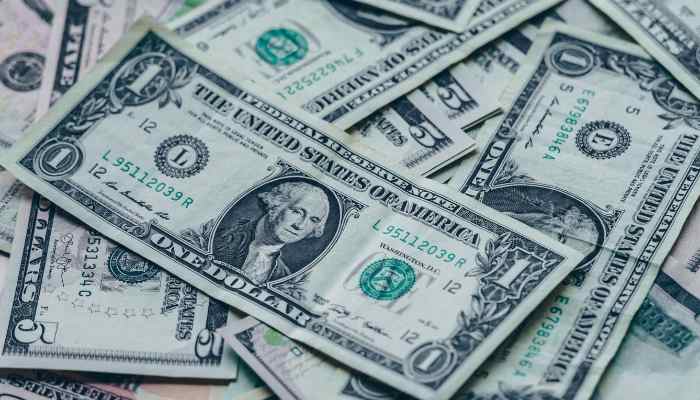Distinguished as the sole state adopting a unique approach, Utah is gearing up to distribute its second round of Supplemental Nutrition Assistance Program (SNAP) payments for the month of July. Setting itself apart, Utah stands alone in disbursing SNAP benefits on three distinct dates within a month. Typically, beneficiaries experience their food stamp reloads on a consistent monthly date, with the arrival day determined by various factors, such as the recipient’s Social Security number, last name, case number, or account number.
In the month of July, Utah’s SNAP payments will be disbursed on three specific dates: July 5, July 11, and July 15. The maximum allowable SNAP benefits for households of different sizes are $740 for a household of three and $1,330 for a household of six. For each additional member beyond the initial count, an extra $211 is included in the payment.
Overview of SNAP Assistance and EBT Usage Across Utah and Nationwide
Among Utah’s population, around 156,300 individuals, approximately 5%, receive food stamps to support their nutritional needs. On average, each household member receives a monthly payment of $179. Nationwide, across all 50 states and the District of Columbia, individuals who qualify for SNAP benefits will experience the convenience of receiving their funds via a prepaid electronic benefit transfer (EBT) card.

Functioning akin to a debit card, this EBT card grants recipients the flexibility to utilize their benefits at grocery stores, farmers markets, and even select online retailers. The distribution of SNAP recipients and the corresponding payment amounts exhibit variation across the diverse landscape of states. Generally, states with larger populations or those confronting higher poverty rates tend to host a larger number of SNAP beneficiaries. These states, grappling with greater socio-economic challenges, witness a heightened demand for SNAP assistance to aid individuals and families in meeting their nutritional needs.
SNAP Assistance
SNAP, or the Supplemental Nutrition Assistance Program, is a federal assistance program in the United States. It’s operated by the United States Department of Agriculture (USDA) and is designed to provide low-income individuals and families with the funds they need to purchase food.
SNAP is essentially a modern version of the food stamp program. Instead of physical stamps, however, beneficiaries receive funds on an Electronic Benefits Transfer (EBT) card, which works much like a debit card. These funds can be used to buy eligible food items at authorized food stores, including supermarkets, convenience stores, and farmers markets, among other places.
The goal of SNAP is to combat hunger and improve nutrition among lower-income people, helping them to maintain a healthier diet despite financial constraints. The amount of SNAP benefits an individual or household receives varies depending on factors such as income, household size, and expenses. As of my knowledge cutoff in September 2021, around 38 million people in the US benefit from SNAP each month.